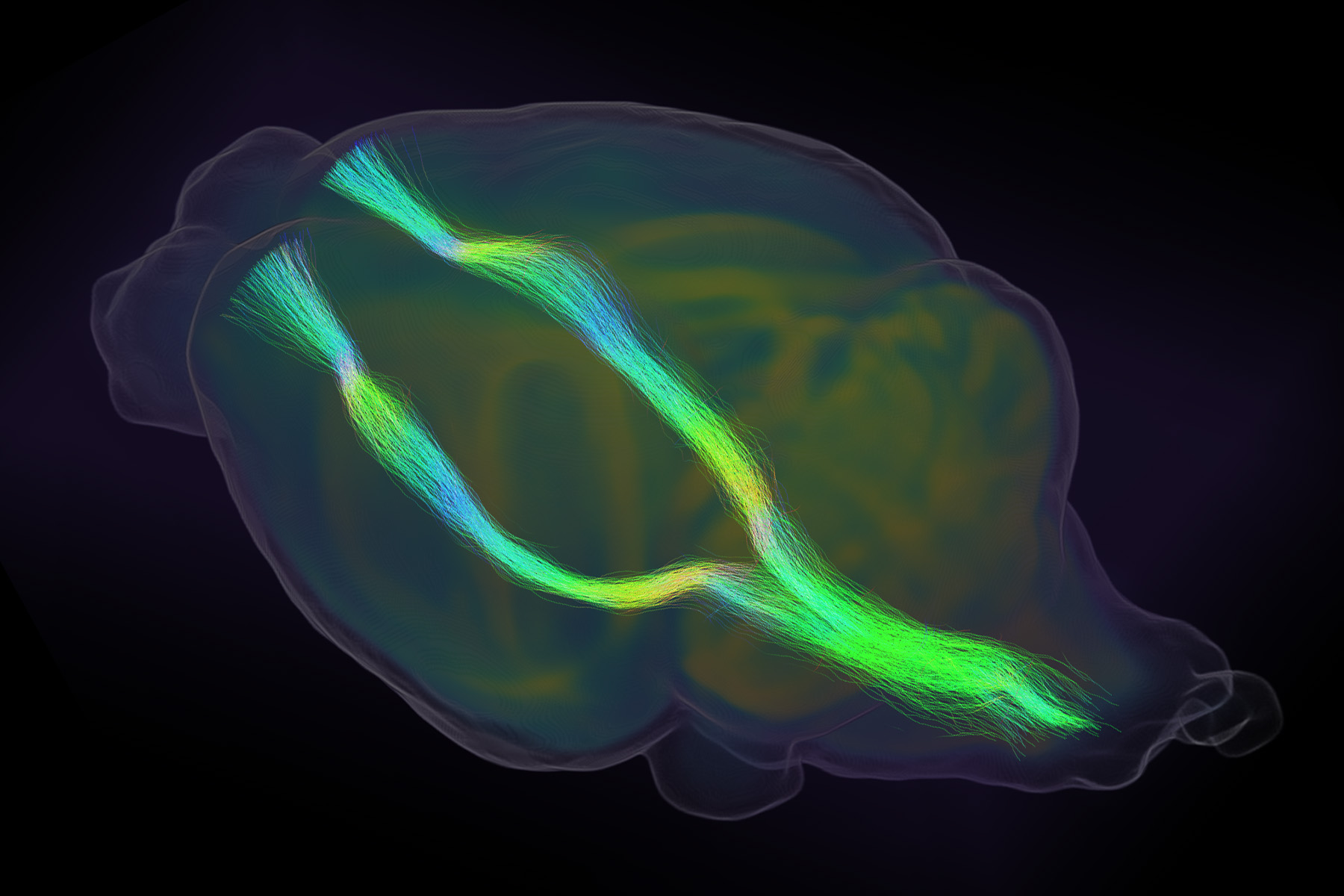
Health & Medicine
5 things you didn’t realise you need to know about perimenopause

Researchers have linked a newly discovered gene to persistent stuttering into adulthood – giving hope to those with severe speech disorders
Published 13 December 2023
Stuttering is a common speech disorder that interrupts speech fluency and tends to cluster in families.
Typically, stuttering is characterised by speech sounds, words or syllables which may be repeated or prolonged as well as speech that may be further interrupted by hesitations or ‘blocks’.

Stuttering is common, affecting around five per cent of children and one per cent of adults worldwide. Like other neurodevelopmental disorders, including autism spectrum disorder, more males are affected.
In over two thirds of cases of stuttering in childhood, the stuttering eventually resolves with therapy. However, in severe cases, the disorder can persist into adulthood.
When stuttering persists, the negative impacts are far-reaching and can be lifelong. People who stutter are more likely to experience poorer quality of life, bullying, social anxiety disorder and depression.

Health & Medicine
5 things you didn’t realise you need to know about perimenopause
A clinical diagnosis of stuttering is based on the frequency of stuttering symptoms during conversational speech or reading.
These difficulties typically begin in early childhood during the rapid development of language skills. Twin studies have shown that stuttering is commonly inherited, making a strong genetic basis very likely.
Researchers have identified many genes that influence other severe speech disorders, like apraxia of speech and dysarthria – lots of these have been discovered through our programs at the Murdoch Children’s Research Institute’s Speech & Language Research Program and the NHMRC Centre of Research Excellence Translational Centre for Speech Disorders.
But despite more than 20 years of research, the genetic architecture of stuttering remains poorly understood. Only four genes that cause stuttering have been identified to date.
This is very low when compared to other neurodevelopmental conditions where tens to hundreds of genes have been identified.
Our large team of researchers, led by the University of Melbourne in collaboration with 17 international institutions, has discovered a link between a newly discovered gene pathway and structural brain anomalies in some people who stutter into adulthood.
This discovery is opening up promising research avenues to enhance the understanding of persistent developmental stuttering.

In research published in the journal Brain, we studied 27 members of a four-generation Australian family; ten members of this family have stuttering and three used to have stuttering which was resolved in adulthood after therapy.
Using brain imaging, we found remarkable structural changes in the brains of those that stutter that impact their speech and language development.
We also found a variant of a newly discovered gene called PPID in the family members with severe developmental stuttering. PPID codes for a chaperone protein – these are proteins that shuttle other proteins to the correct part of a cell, via ‘chaperone pathways’, so they can complete their function.

Health & Medicine
Why your brain health matters
What this means is that for the first time we now have a link between stuttering and a ‘chaperone pathway’.
To test this, we produced a mouse model with the same gene defect. These mice developed structural changes in similar brain regions to those of the family members with stuttering.
This includes abnormalities of the corticospinal tracts which support speech and language development.
We have known for some time that there is a genetic link to stuttering, but our study is the first to show that genetic changes passed on in families can alter brain development leading to structural anomalies that underlie stuttering.
This suggests we should change the genetic diagnostic protocol for some people who stutter to include brain imaging studies.
Our research also opens up further study into this new chaperone pathway – and related pathways – which will continue to improve our understanding of the genetic architecture of persistent developmental stuttering.

Several years ago, speech pathologist Professor Angela Morgan established Australia’s first speech genomics clinic at the Royal Children’s Hospital, Melbourne.
This speech genomics clinic provides both a speech diagnostic assessment and genetic assessment for children with severe speech disorder. For children who are eligible for genetic testing, it begins with a test called a chromosomal microarray which detects small extra or missing sections of chromosome material.

Health & Medicine
How epigenetics is transforming our understanding of evolution
If no changes are found, the next step looks at hundreds of genes that may be associated with neurodevelopmental conditions including speech disorders.
The discovery of PPID is the first step towards expanding the speech genomics clinic to include children with persistent stuttering.
In the meantime, hundreds of children and adults who stutter will continue to receive genetic testing and speech assessment through our research programs at the University of Melbourne and Murdoch Children’s Research Institute.
Banner: Brain Imaging of a mouse model with the same PPID gene variant as the family, showing abnormal development of the corticospinal tracts/Supplied